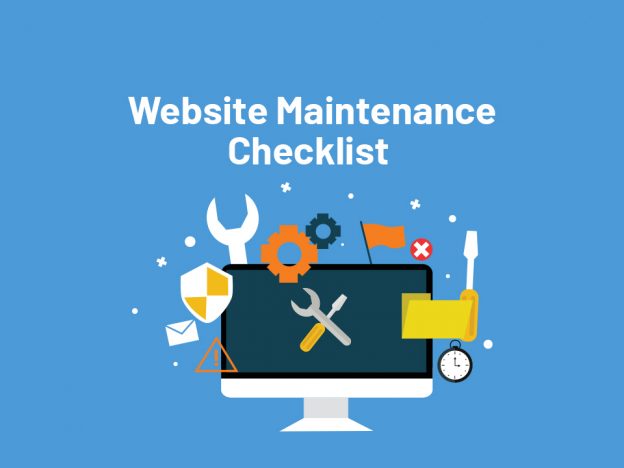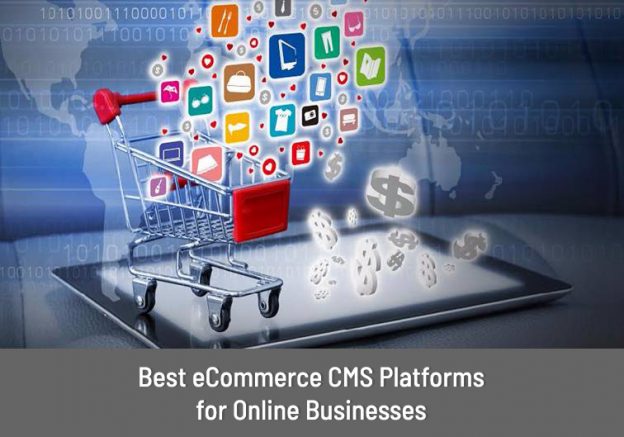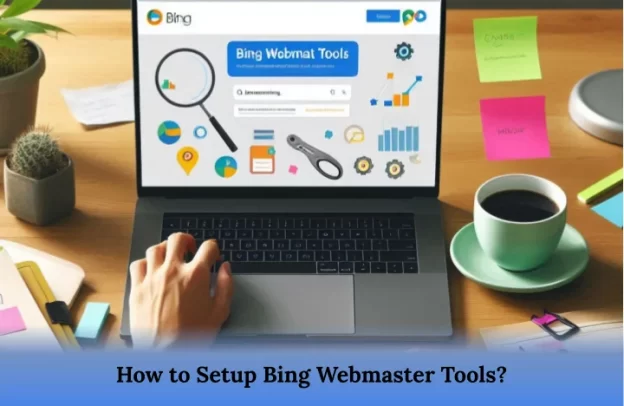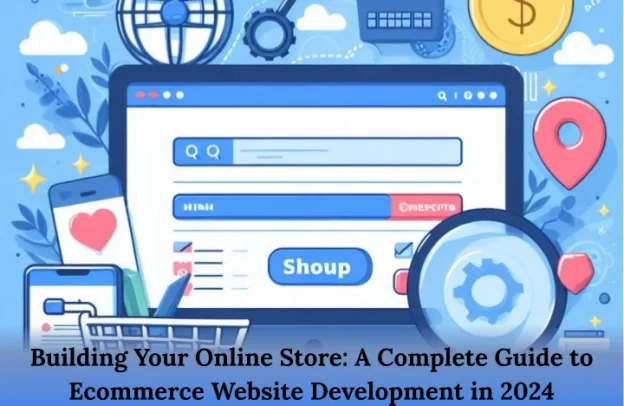You have invested a lot of money and time to create a website. But a website is not something that can work on its own. It needs regular maintenance, just like your car. So what is web maintenance? Why is it important? How much does it cost? Let’s find out. What is Website Maintenance? To put […]
Continue readingHow Much Does SEO Cost (SEO Packages) in Dubai 2025
Posted by GMI Research Team Posted in SEO
As competition for a larger online audience continues to grow, more businesses are turning to SEO agencies for faster results. However, despite its effectiveness, some companies are still hesitant to hire an SEO agency in Dubai due to concerns about cost. To better understand the cost structure, it’s crucial to consider the various factors that […]
Continue readingHow to Create a Shopify Store in the UAE: A Step-by-Step Guide for ...
Posted by GMI Research Team Posted in ecommerce
Setting up an online store can be an exciting venture, especially in a thriving market like the UAE. With the rise of e-commerce, more entrepreneurs are looking to establish their presence online. Shopify is one of the most popular platforms for this purpose, offering a user-friendly interface and a range of features that cater to […]
Continue readingTop 15 eCommerce CMS Platforms for Online Businesses in 2025
Posted by GMI Research Team Posted in ecommerce
It’s a known fact that the rise of e-commerce has transformed the retail industry, making shopping more convenient and accessible than ever before. Did you know in 2021, e-commerce sales hit $5.2 trillion mark and it is expected to make up a quarter of the total global retail sales by 2026? The numbers make evident […]
Continue readingHow to Setup Bing Webmaster Tools in 2025: Step-by-Step Guide
Posted by GMI Research Team Posted in SEO tools
Bing, launched in 2009, is a major search engine owned by Microsoft. While it has grown significantly since its inception, Google remains the dominant search engine globally. Microsoft strategically integrated Bing into its ecosystem, making it the default search engine for Windows computers, the Microsoft Edge browser, and Cortana. This integration provides Bing with a […]
Continue readingA Complete Guide to Ecommerce Website Development in 2025
Posted by GMI Research Team Posted in ecommerce
Until recently, starting a retail business meant setting up a brick-and-mortar store, hiring employees to run it, and managing countless other tasks. But times have changed. This is the era of online shopping, where convenience rules. Today’s shoppers prefer the flexibility of shopping anytime, anywhere, without the hassle of store visits, crowded aisles, and lengthy […]
Continue reading














